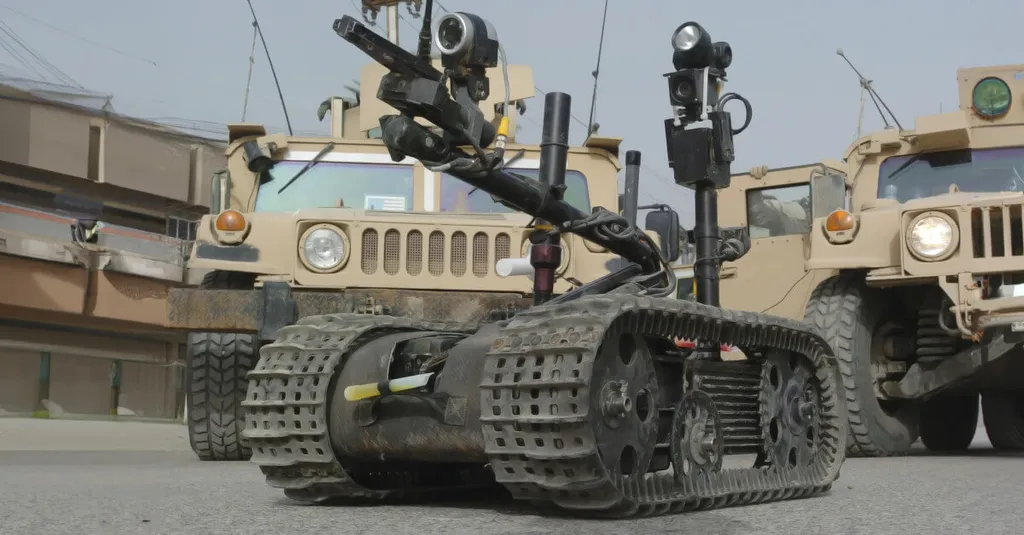Researchers Qi Liu, Shihua Yuan, and Zirui Li from the School of Mechanical Engineering at the University of Science and Technology Beijing have published a comprehensive survey on sensor technologies for unmanned ground vehicles (UGVs), highlighting their critical role in both civilian and military applications. Their work provides a detailed analysis of various sensor types, their strengths, weaknesses, and potential applications, offering valuable insights for the defence and security sector.
The researchers begin by emphasising the growing importance of UGVs in modern military operations and industrial automation. These vehicles rely heavily on high-precision, high-reliability sensors to navigate, perceive their environment, and execute tasks autonomously. The survey introduces a range of sensor technologies, including LiDAR, radar, inertial measurement units (IMUs), and vision-based systems, each with unique characteristics suited to different operational scenarios.
The study compares the strengths and weaknesses of these sensors, noting that LiDAR excels in high-resolution 3D mapping but can be affected by adverse weather conditions. Radar, on the other hand, performs well in low-visibility environments but may struggle with fine detail. Vision-based systems offer cost-effective solutions for object recognition and tracking but can be limited by lighting conditions and computational demands. IMUs provide crucial data for navigation and stabilisation but require integration with other sensors for accurate positioning.
The researchers also examine the application of these sensors in existing UGVs, demonstrating how different combinations of technologies enhance operational capabilities. For instance, military UGVs often integrate LiDAR and radar for robust environmental perception, while civilian applications may prioritise vision-based systems for cost efficiency. The survey underscores the importance of sensor fusion—combining data from multiple sensors—to improve accuracy and reliability in dynamic environments.
Looking ahead, the researchers forecast key trends in sensor technology for UGVs. They predict advancements in miniaturisation, energy efficiency, and artificial intelligence-driven sensor fusion, which will enable UGVs to operate more autonomously and effectively in complex environments. Additionally, the integration of advanced materials and quantum sensors could further enhance performance, making UGVs indispensable tools in both defence and industrial sectors.
This survey serves as a critical resource for defence technologists, military strategists, and engineers, providing a clear roadmap for the development and deployment of next-generation UGVs. As the defence industry continues to prioritise autonomy and precision, the insights from this research will be instrumental in shaping the future of unmanned systems. Read the original research paper here.

